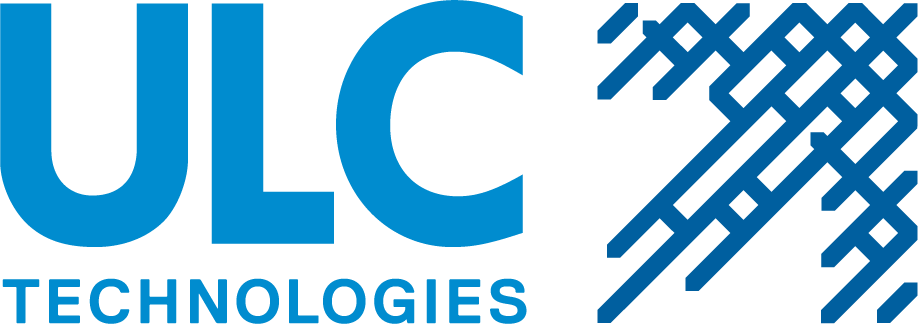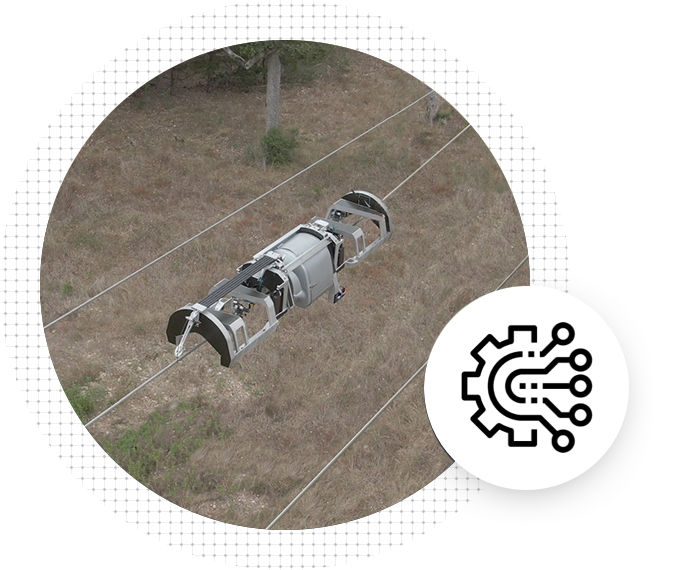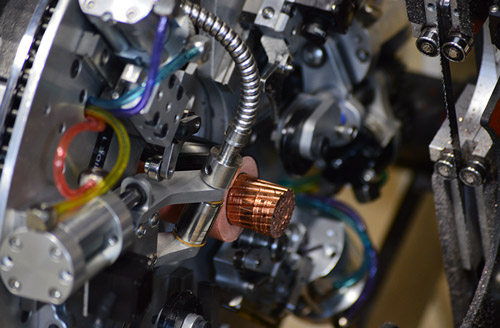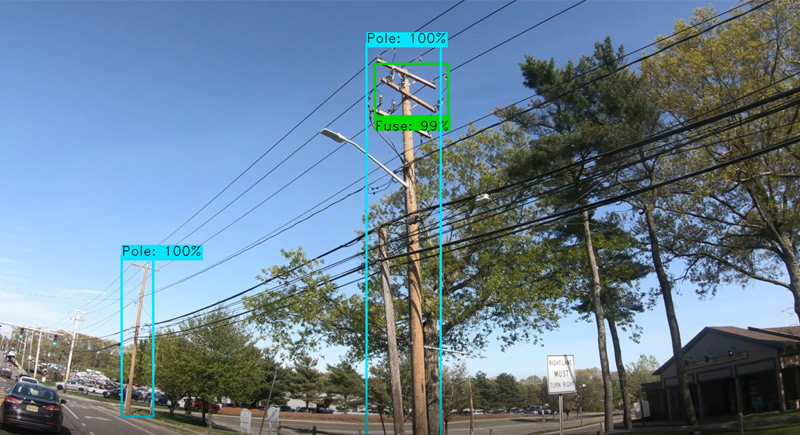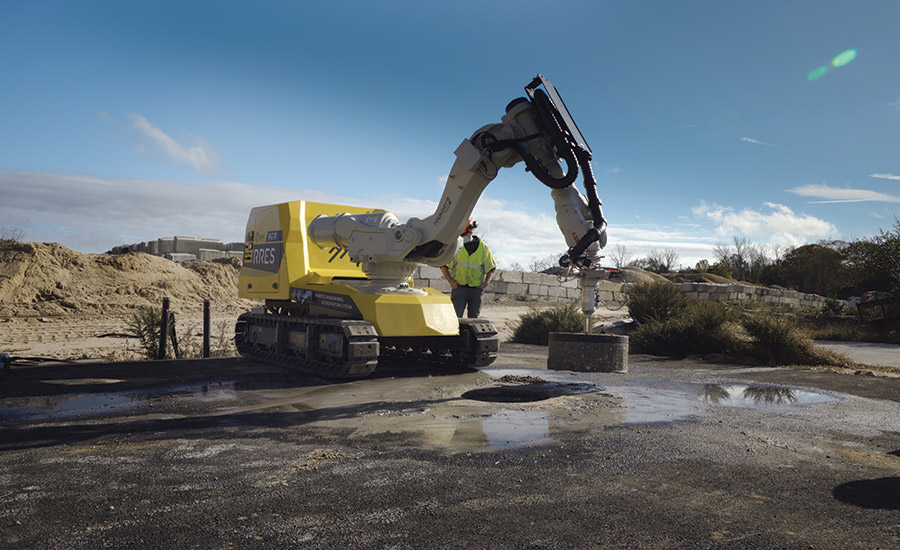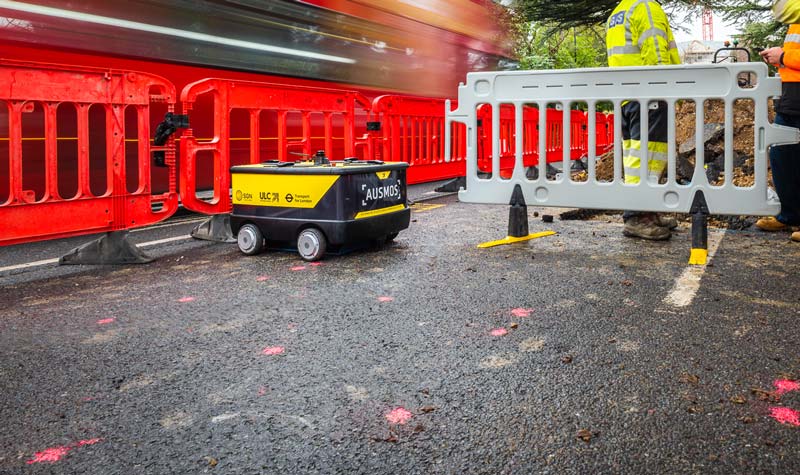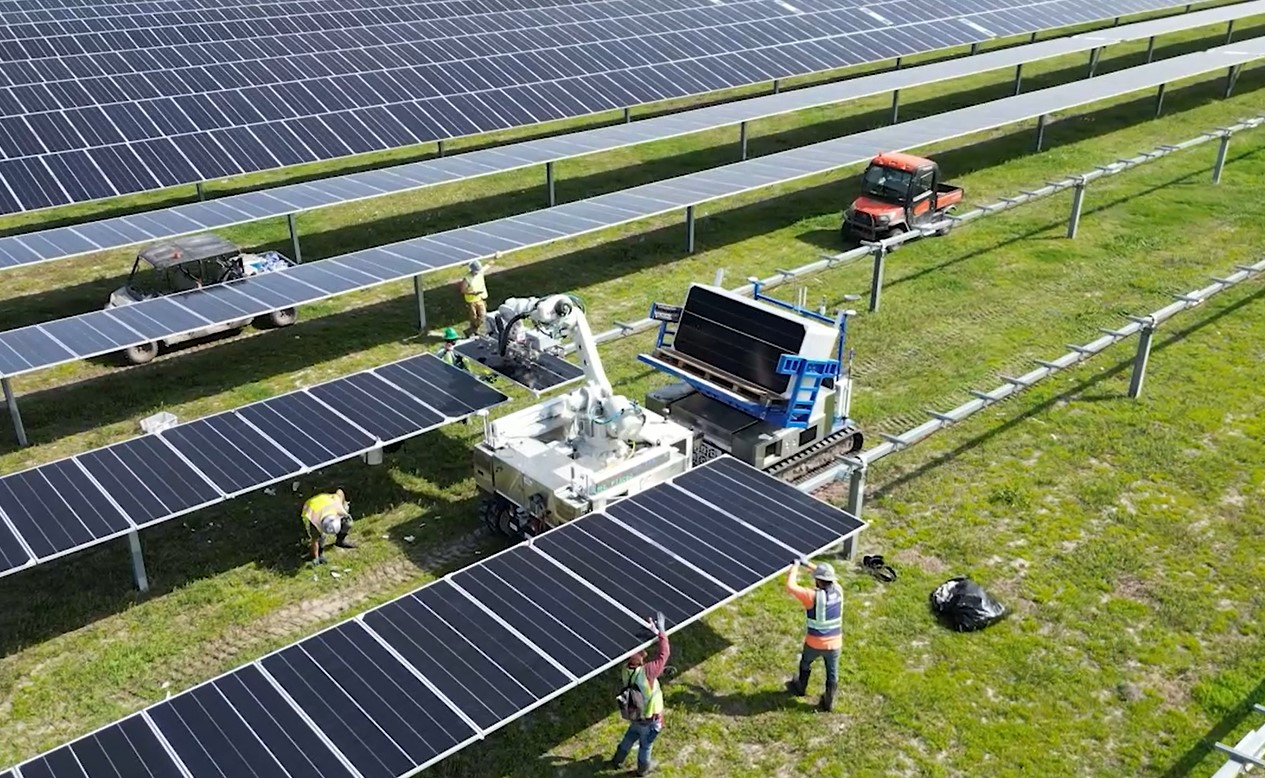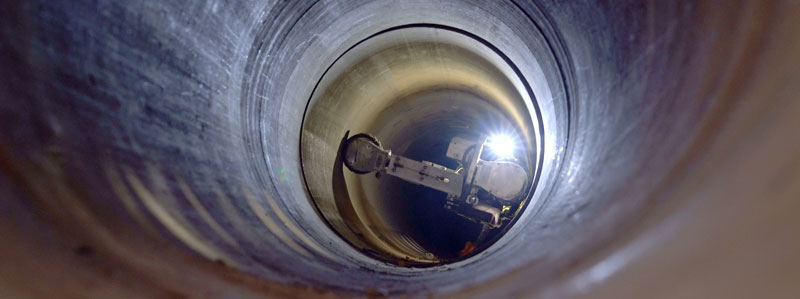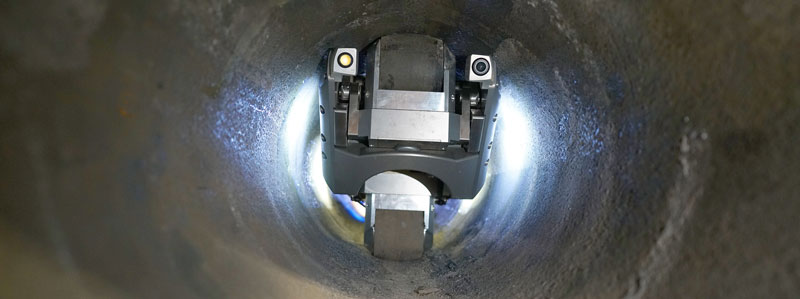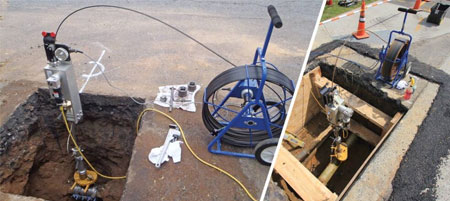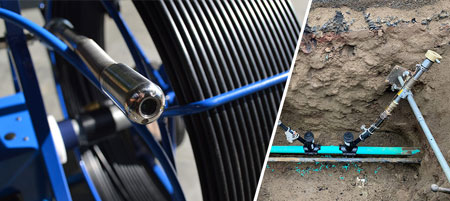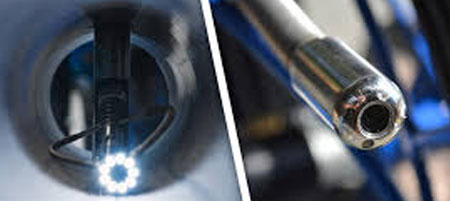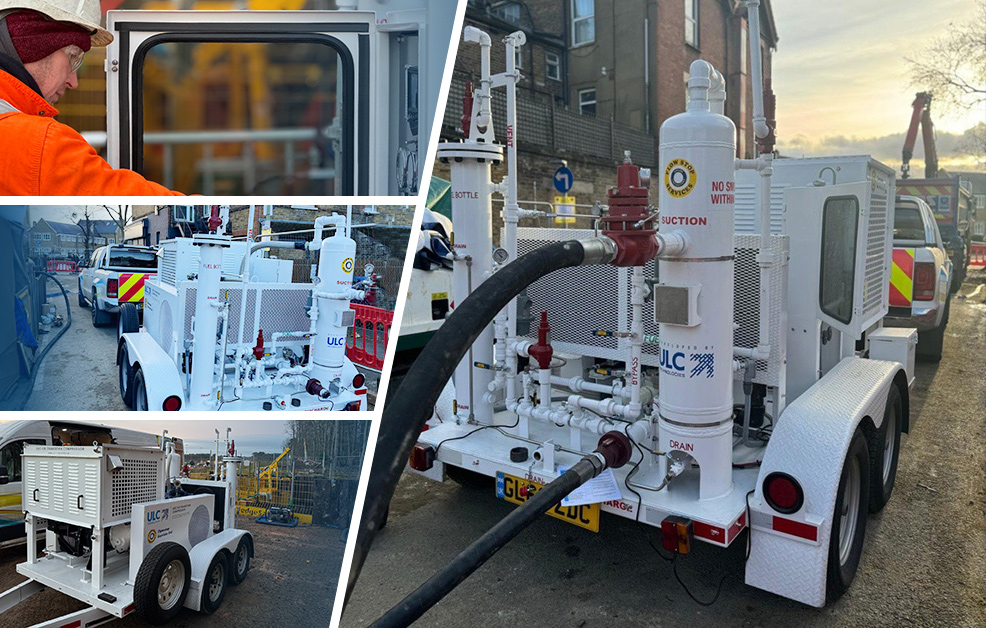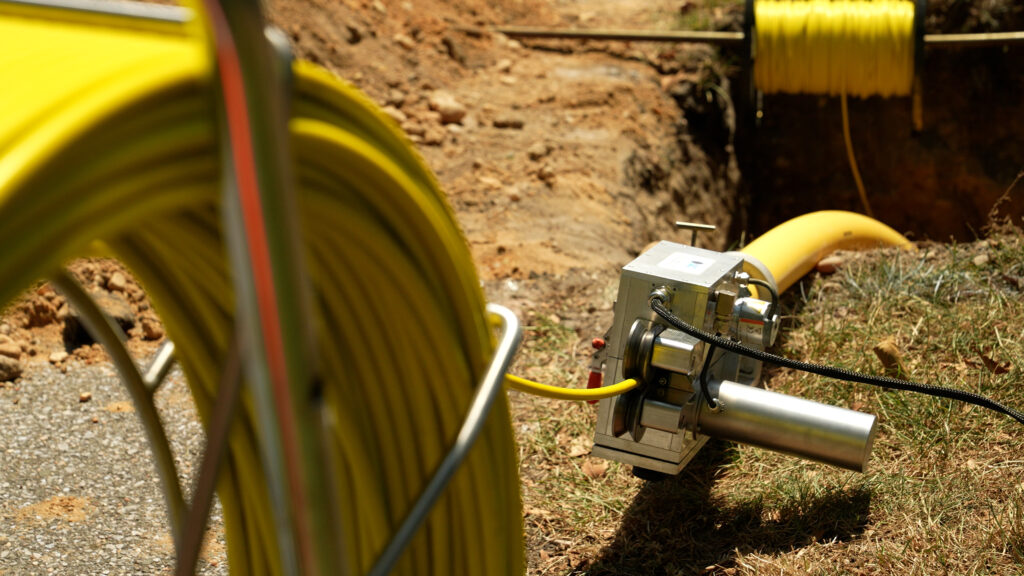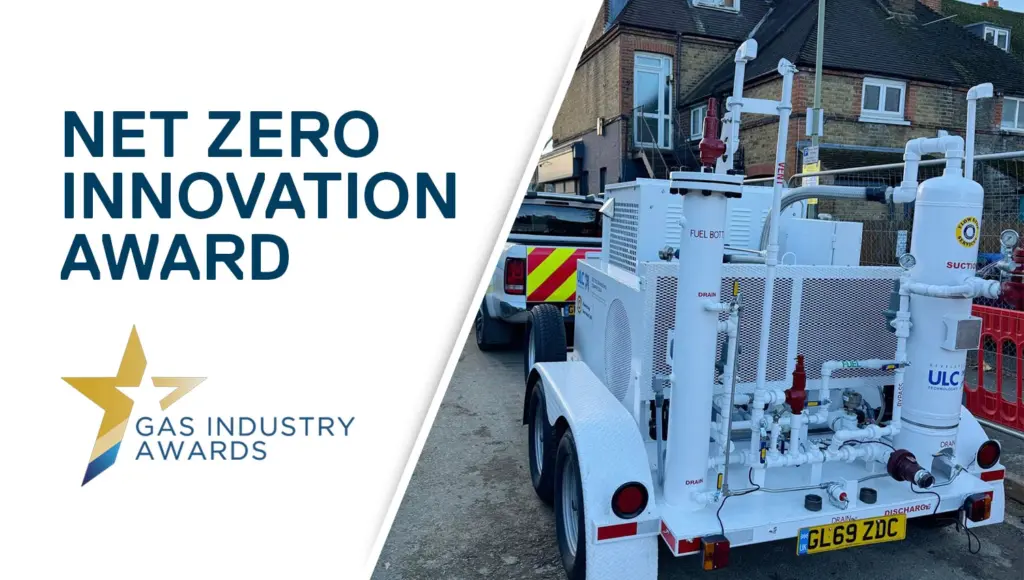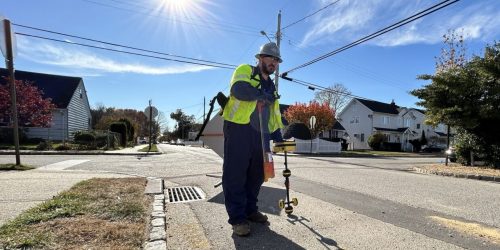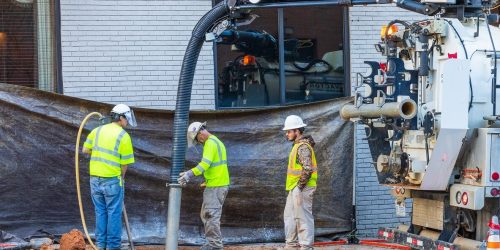Internal robotic gas main remediation is continuing to transform the way gas distribution networks manage, repair and remediate cast iron assets as well as playing a critical role in supporting net-zero targets. Using a combination of advanced engineering and cross-collaboration with the industry, the capabilities of the Cast Iron Joint Sealing Robot (CISBOT) have been further advanced to enable mechanical joint sealing.
Throughout RIIO-GD1, ULC Technologies introduced world leading innovative technology to the Great British (GB) gas industry. CISBOT systems were deployed across SGN and Cadent’s gas distribution networks to internally seal over 100km of lead yarn joints inside live gas mains in the UK. CISBOT launches into a live gas main through a small excavation. Using precise computer controls the robotic system drills and injects sealant into the joint from multiple positions from inside the gas main. The innovation helps gas networks overcome the typical challenges they face when using conventional repair or replacement methods:
- CISBOT can remediate up to 450m in either direction from one excavation, reducing the need for multiple excavations and providing cost savings
minimising customer disruption. - High quality in-pipe video footage is provided back to the networks, helping to update pipeline asset records and minimise asset risk through improved operational efficiency.
In 2019, ULC took additional steps to further reduce carbon emissions by expanding the ability to deliver technology from custom-made eco control cabins equipped with solar panels used to charge the cabins generators. This eco-friendly solution mitigates noise pollution and minimises project emissions, creating the opportunity to start 24-hour operations in the heart of London, where the noise pollution from traditional construction activity restricts site activity.
Since CISBOT was first deployed in GB, the system has been continually improved, including expanding the diameter sizes that can be remediated, and the types of joints that the system can seal. Historically, CISBOT has been used to remediate lead yarn joints, which is estimated to make up 70% of the UK gas networks’ large diameter cast iron mains construction. The construction of this joint type was widely used across the UK between 1850 – 1950, before mechanical joints became the preferred option for construction.
After conducting a recent extensive collaborative research and development project to expand the capabilities of the system, ULC’s field services team are now able to deliver the next-evolution of CISBOT which is capable of sealing both mechanical and lead yarn joint types inside 15” – 36” gas mains.
RESEARCH, DEVELOPMENT & IN-HOUSE TESTING
In April 2021 ULC worked collaboratively with SGN and Cadent to undertake a research, development, and testing project to enable CISBOT to upgrade mechanical joints. Field samples of mechanically jointed cast iron gas mains and network asset records were provided, enabling ULC to gather a detailed understanding of how mechanical joints were constructed to develop an effective remediation method.
Using in-house industry and engineering expertise, ULC began performing rigorous testing with selected sealants and application methods on a pressurised 24” mechanical jointed gas main sample. DNV were commissioned by SGN to oversee the testing and development process and provide a third-party technical validation assessment.
The key focus areas for the testing included the drill locations, proximity of the drilling to the gasket, as well as the volume and speed of sealant injection. The effectiveness of different sealants was assessed at various pressure ranges to allow ULC to develop, refine and train CISBOT operatives on the new remediation process before taking the technology into the field.
To seal mechanical joints, the systems required minor design modifications including a different drill specification, new laser alignment configurations, and a modified sealant delivery system to support a higher viscosity sealant than what is currently used for lead yarn joints. The proven launch, navigation inside the pipe and retrieval of CISBOT remain the same.

